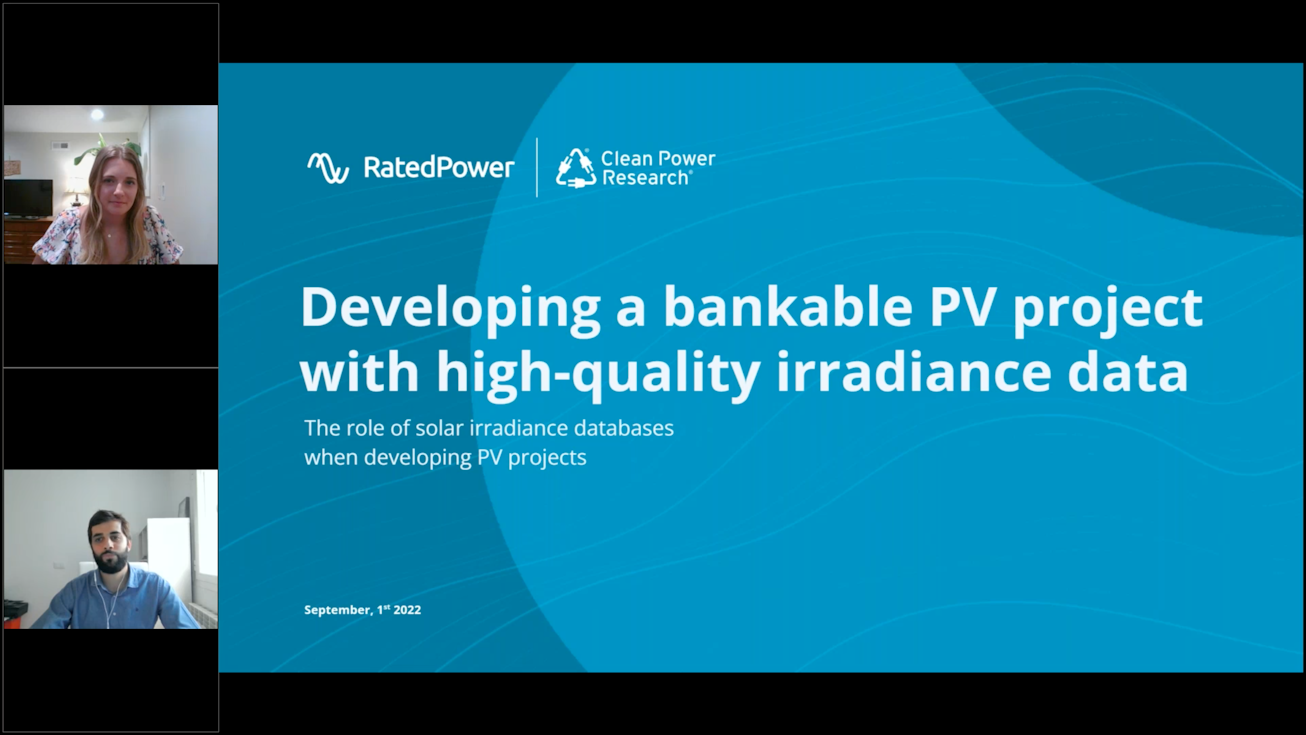- Solar energy blog
- The impact of solar irradiance and meteorological data on PV design
The impact of solar irradiance and meteorological data on PV design
Learn how solar irradiance and meteorological data impact PV design. Use RatedPower to design smarter, bankable projects.


Natalia Opie
Manager of Customer Success
Natalia Opie leads the Customer Success team for RatedPower. She is passionate for renewable energies and their role within the global environmental transition and has a thorough understanding of the solar industry, backed by her BSc in Energy Engineering, her MSc in Renewable Energy in Electrical Systems, and six years of experience partnering with clients of different countries to develop profitable, optimized assets.
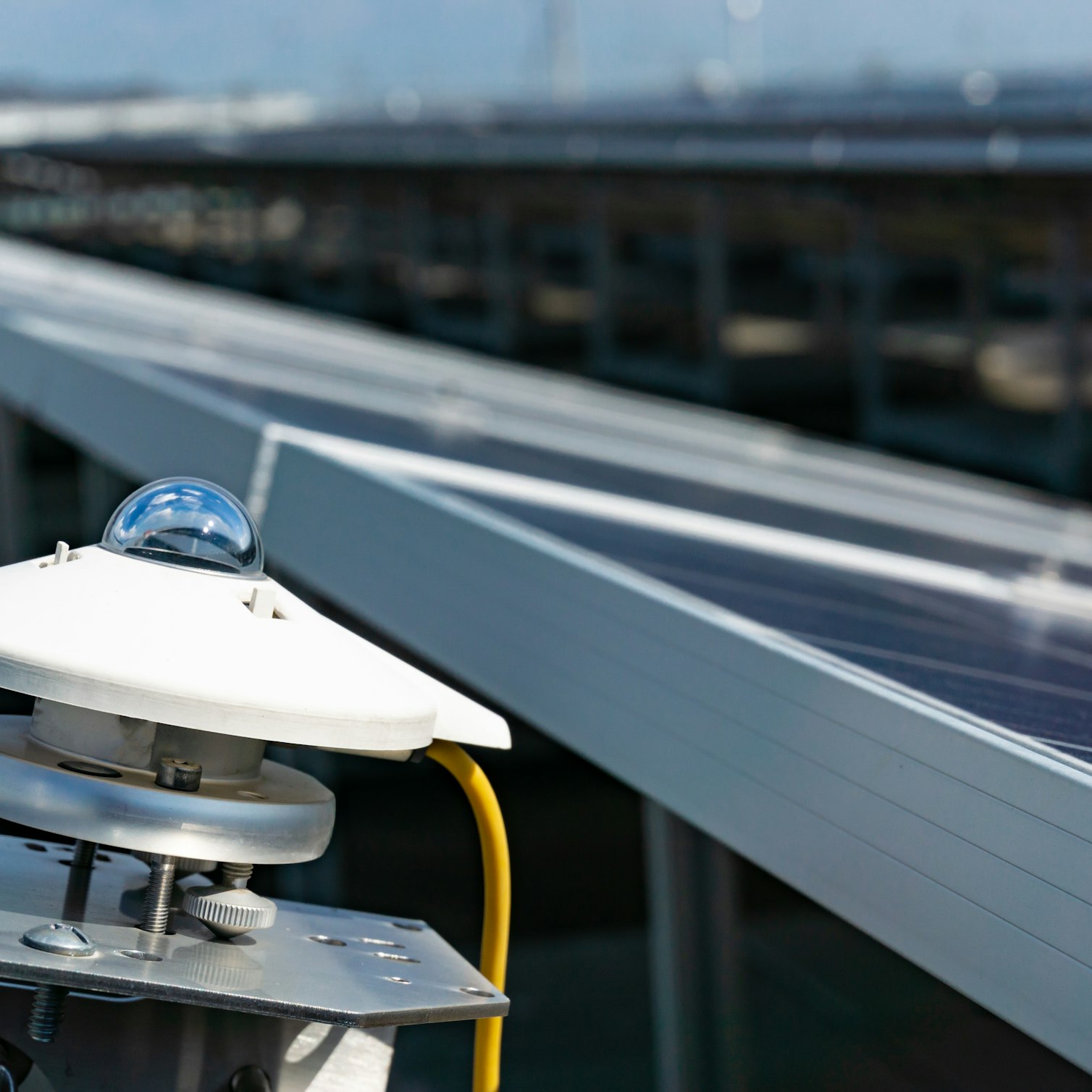
Content
One of the most important factors to consider when designing a solar photovoltaic (PV) system is the level of solar irradiance at a potential location.
In this guide, we look at what solar irradiance is, how is it calculated, and how can you use RatedPower software to simulate and evaluate solar irradiance for your utility-scale PV projects.
What is solar irradiance?
Solar irradiance is the output of light energy from the sun that reaches the earth. It is measured in terms of the amount of sunlight that hits a square meter of a surface in one second.
The terms irradiance, irradiation, and radiation are often used interchangeably. However, it can be said that radiation is the number of photons that are emitted by a single source, while irradiation refers to the radiation falling on a surface. Irradiation is the process by which solar panels are exposed to radiation and moving particles (sun-emitted photons), leading to the process of ionization.
The units of measurement are key to understanding the difference:
Irradiance is the power of solar radiation per unit area, measured in W/m2
Solar irradiation is the quantity that measures the energy per unit area of incident solar radiation on a surface — the power received during a time, measured in Wh/m2
So, while irradiance measures the power per area, solar irradiation measures the power per area during a period of time (an hour, for example).
The amount of solar irradiance depends on several factors.
Are unpredictable weather conditions and imprecise data impacting the accuracy and bankability of your PV designs? Listen to the webinar: Mitigating extreme weather risks with advanced data in solar designs with Laura Rodriguez (Territory Manager at RatedPower) and Evan Kyte (Product Manager at Clean Power Research) who explain how with the right data and tools, you can turn these weather challenges into opportunities and streamline your engineering processes.
What influences solar irradiance?
Geographic location and season
Earth is tilted at an angle of 23.5° and revolves around the Sun in an elliptical orbit, making it closer to or further away from the Sun depending on the time of the year (where in the ellipse it is). This means that the Sun radiates more in some areas of the Earth than others, depending on the location as well as the time of year.
Hour of the day
As the Earth rotates, sunlight strikes the surface at different angles, ranging from 0° (just above the horizon) to 90° (directly overhead). The more perpendicular a light source is to a surface, the more radiation the latter receives, so solar panels receive more sunlight and heat at midday than in the early morning.
The more slanted the Sun's rays, the longer they travel through the atmosphere, becoming more scattered and diffuse.
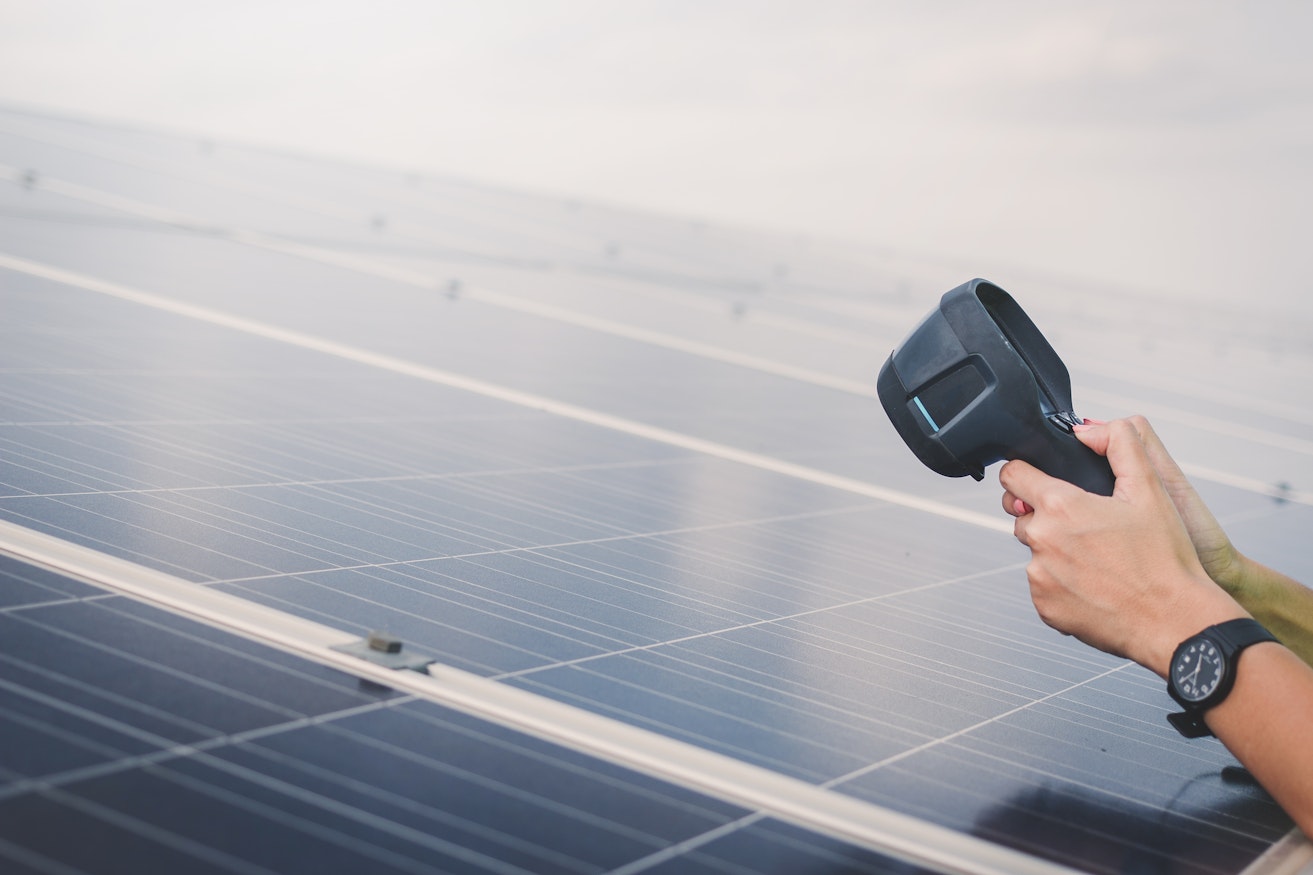
Atmosphere and weather
Cloud cover, rainfall, and snowfall can block sunlight from reaching the Earth’s surface, reducing irradiance levels.
The atmosphere has a blanketing effect over the Earth’s surface that is highest where there is low cloud cover and lowest in areas where there are clear skies with low temperatures and little water vapor. Persistent cloud cover scatters solar radiation back into space. Water has low reflectivity and absorbs the most sunlight, while snow is highly reflective and absorbs little sunlight.
Desert regions at high altitudes absorb above-average levels of solar radiation because of the effect of the atmosphere above is reduced.
Landscape
The characteristics of the landscape can affect irradiance, both in terms of atmospheric effects and causing obstructions to sunlight reaching the Earth’s surface. The higher the elevation of the land, the shorter the path that sun rays have to travel. And various elements can block sunlight from reaching solar panels, such as trees, bushes, and hillsides.
How is irradiance measured?
Irradiance can be measured using three components: GHI, BHI, and DHI.
HI represents Horizontal Irradiance. This refers to the fact that irradiance is received by a horizontal surface (0º tilt) on Earth.
G, B, and D, stand for Global, Beam, and Diffuse.
GHI refers to Global Horizontal Irradiance (GHI). This is the total irradiance from the sun on a horizontal surface on Earth. There are two components to this value: Beam Horizontal Irradiance (BHI) received from the Sun — sun rays — and Diffuse Horizontal Irradiance (DHI), the light that is scattered and has no concrete direction due to the collision of the sun rays with the atmosphere, air molecules, water vapor, dust, and pollutants.
GHI=DHI+BHI
Direct Normal Irradiance (DNI) refers to beam irradiance received by a perpendicular plane. BHI is equal to DNI after accounting for the solar zenith angle of the sun (z).
BHI =DHI+(DNI*cos(z))
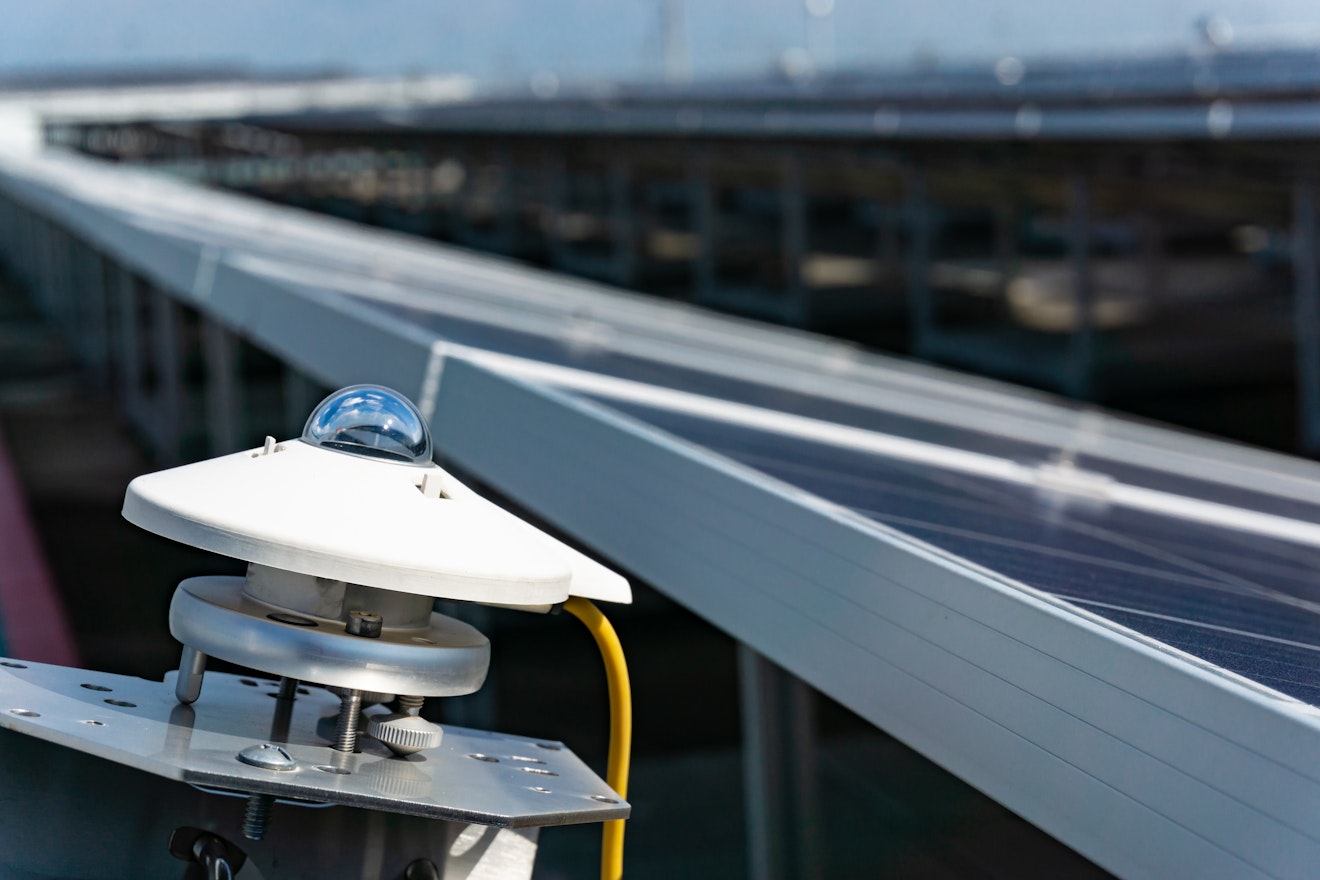
How does RatedPower account for solar irradiance?
When you simulate a PV project in RatedPower platform, the plant’s expected energy production during its lifespan is among the results generated.
Simulating a PV plant’s production is a two-step process. The first step is to evaluate the solar resource at a given location and the second step is to compute the energy yield of a hypothetical photovoltaic plant at that site.
1. Evaluating solar resources
Thanks to companies such as SolarAnywhere, Solcast, SolarGIS, Meteonorm, Vaisala 3 Tier, etc. calculating solar resources based on a typical meteorological year (TMY) is straightforward.
RatedPower offers three different sources of meteorological data, which vary between countries based on the dataset's coverage. Users can also upload their own meteorological data.
RatedPower also accepts application programming interfaces (APIs) and integrations for the various stages of any project’s design and engineering.
2. Calculating energy yield
RatedPower has a built-in energy model, developed in-house by Félix I. Pérez Cicala et al. that computes the annual energy yield of any utility-scale solar photovoltaic power plant.
With TMY data in hand, RatedPower's energy model will calculate the following aspects of your specific PV plant:
The transposition of the radiation components to the tilted plane.
Using a library to compute the sun position.
The sun-tracking algorithm used in single-axis trackers (backtracking).
Computation of the effects of shadows on the irradiance received by a tilted plane.
Computation of the irradiance perceived by the back-face, used for bifacial simulations.
Electrical generation of a photovoltaic module being irradiated, and its associated losses.
Estimating the effect of partial shadows on strings of modules.
Performance of an electrical inverter and window of operation.
Electrical losses in a utility-scale photovoltaic plant.
You can read about each of these sections in our 2022 energy methodology report.
Do you want to dig deeper? Lucky for you, we have a recording of our webinar “Developing a bankable PV project with accurate irradiance data” where we debrief the role of accurate irradiance data on developing bankable PV projects- Watch it to learn the benefits of having this data stream integrated in your solar design tool.
Use RatedPower to optimize your PV project design
RatedPower aspires to become the benchmark-quality standard for solar energy production predictions and we have been certified by engineering firm Black and Veatch.
RatedPower has one of the most precise and advanced energy yield calculation engines in the market. We make sure our results fall spot on the bankable standards out there. Contact us to find out more.
Webinar: Mitigating extreme weather risks with advanced data in solar designs
Join Laura Rodriguez (Territory Manager at RatedPower) and Evan Kyte (Product Manager at Clean Power Research) in this webinar to discover how incorporating precise, site-specific irradiance and weather analytics during the preliminary design phase can significantly reduce risks and enhance project performance.
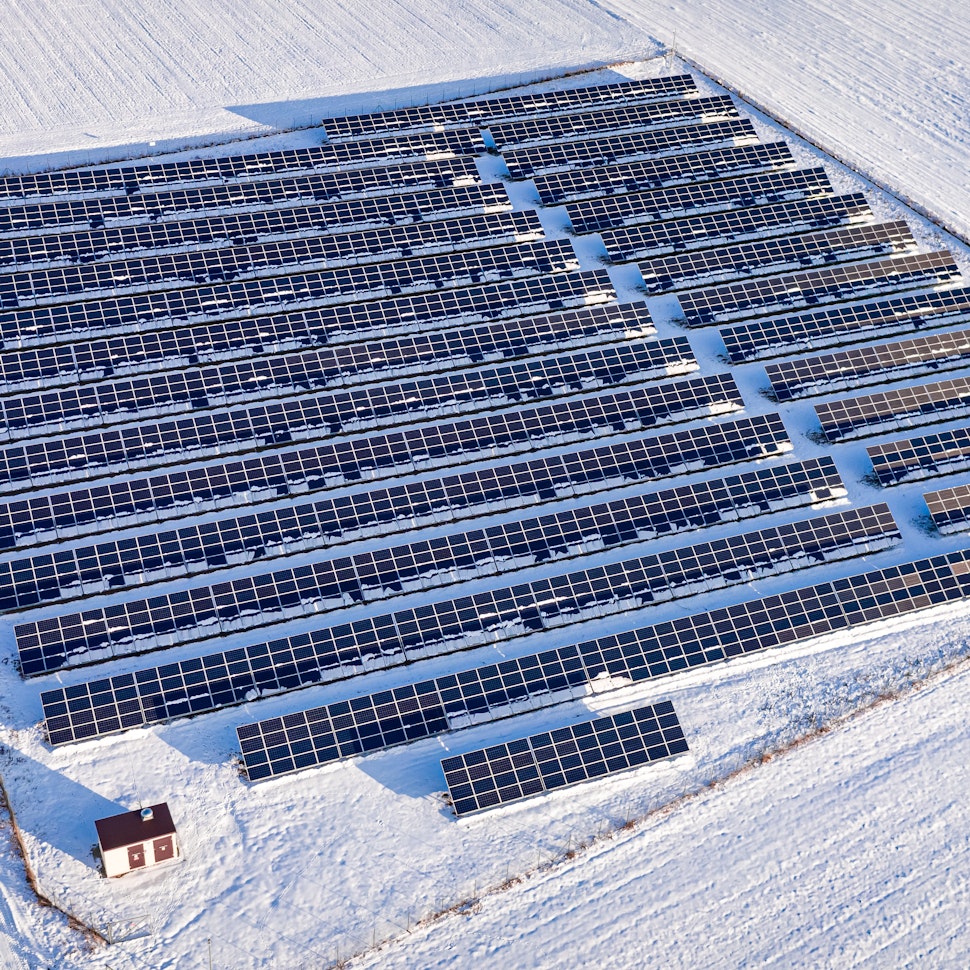
Latest stories
Related posts
Technology and engineering
The rise of ultra-thin perovskite solar cells
Learn about Japan’s $1.5B initiative to commercialize ultra-thin, flexible perovskite solar cells and how it could transform the solar landscape globally.
Updated 30 SEP, 25

Technology and engineering
The green hydrogen boom in LatAm
Latin America is emerging as a green hydrogen leader. Learn how LatAm countries are leveraging solar and wind power to drive green hydrogen production.
Updated 22 JUL, 25
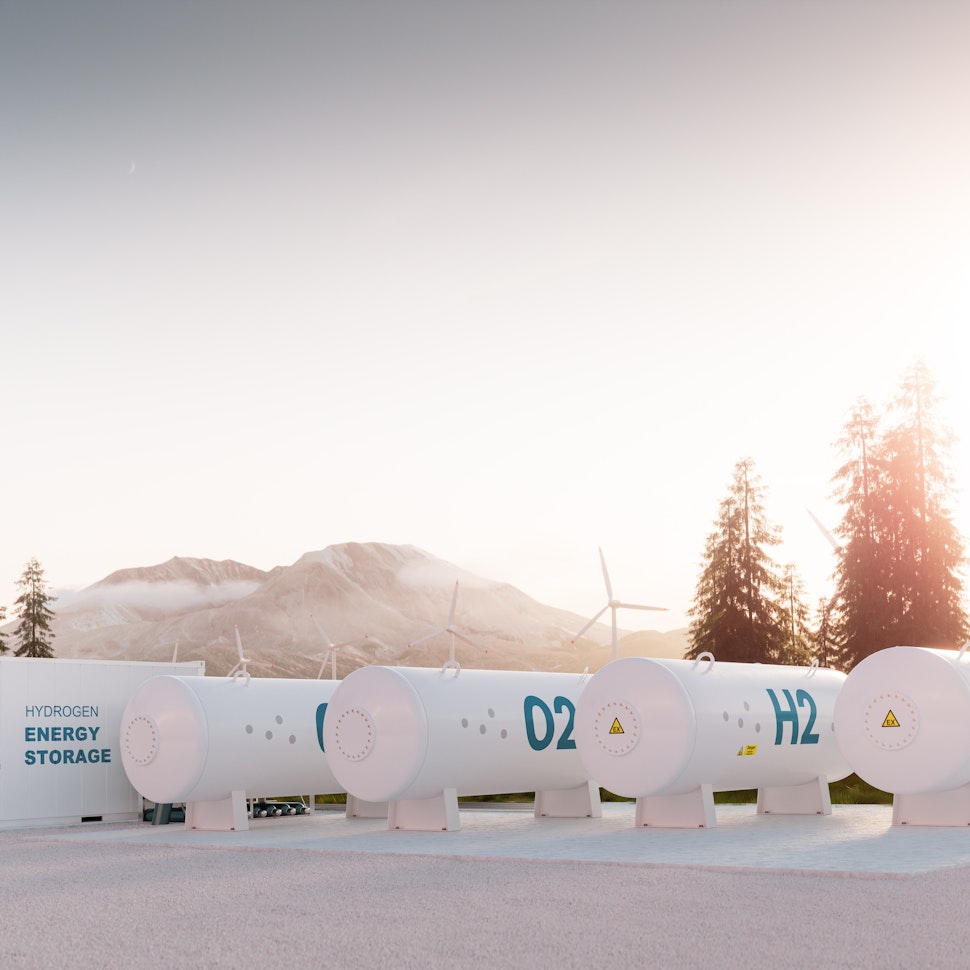
Technology and engineering
Innovation in renewable energy: Developments expected in 2025
We look at the 10 biggest renewable industry developments that are making a green future possible, including perovskite solar cells, green hydrogen, and more.
Updated 18 MAR, 25

- RatedPower
- Solar energy blog
- The impact of solar irradiance and meteorological data on PV design
 Watch a demo
Watch a demo Ask our AI Product Expert
Ask our AI Product Expert